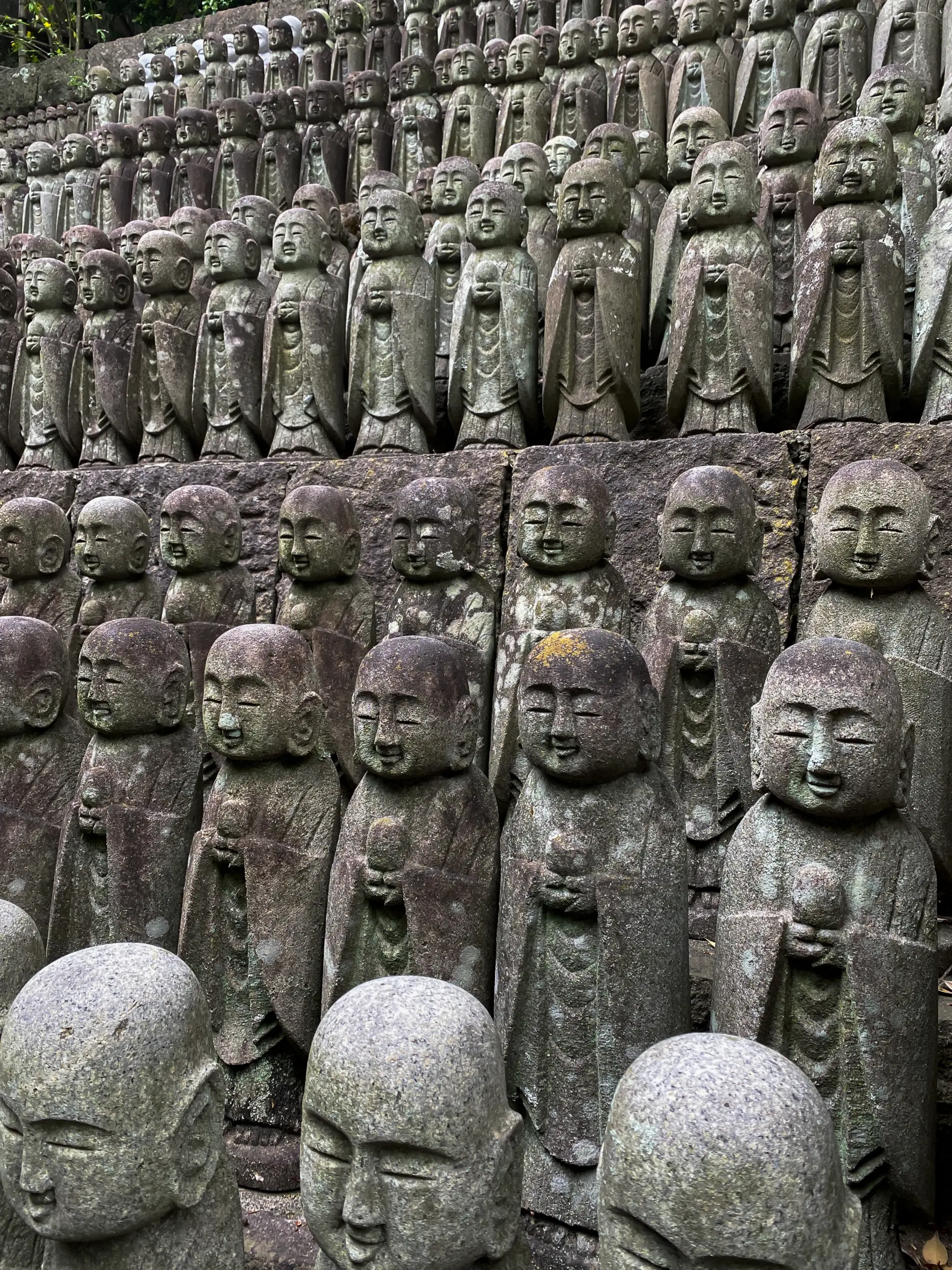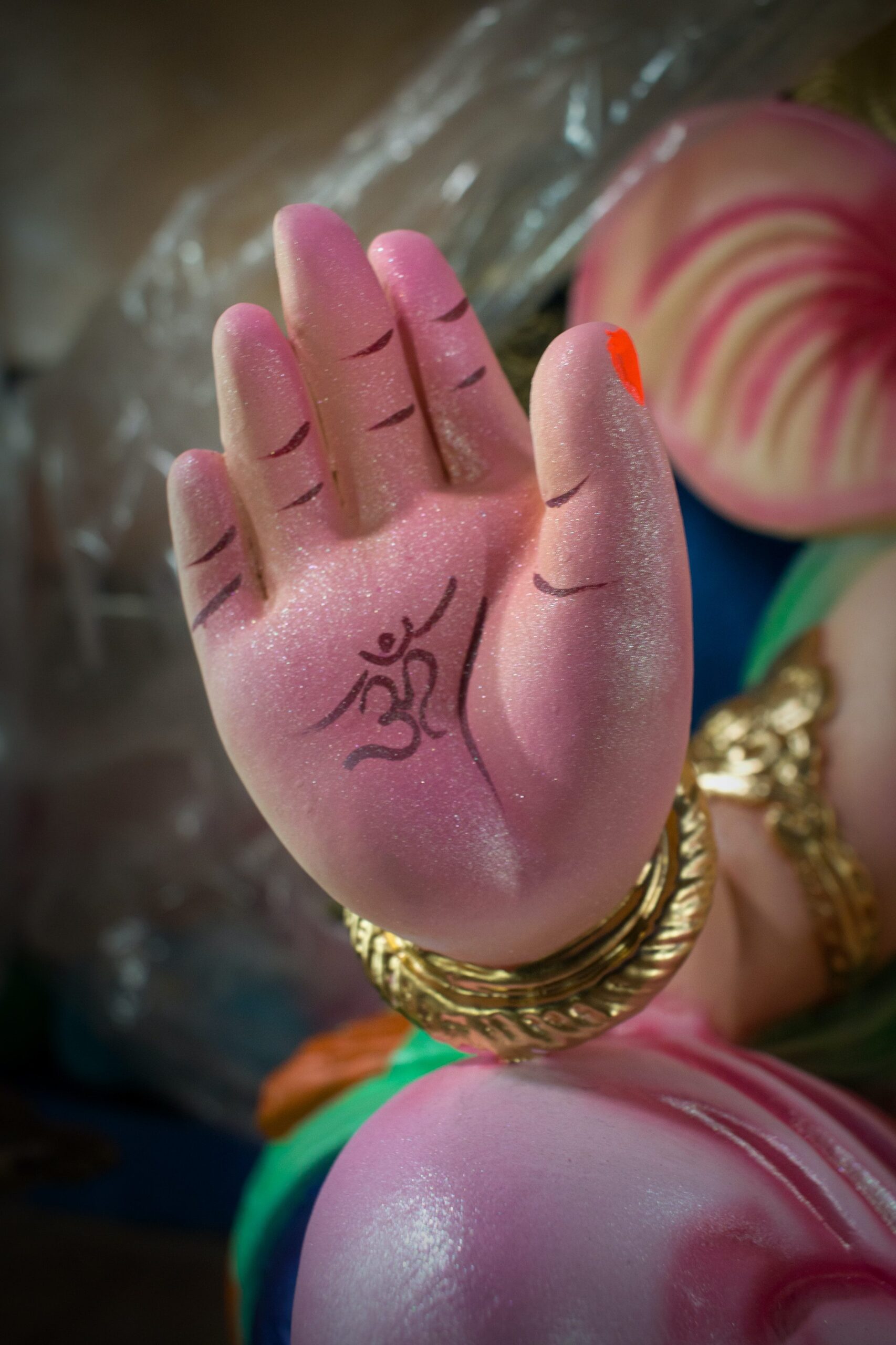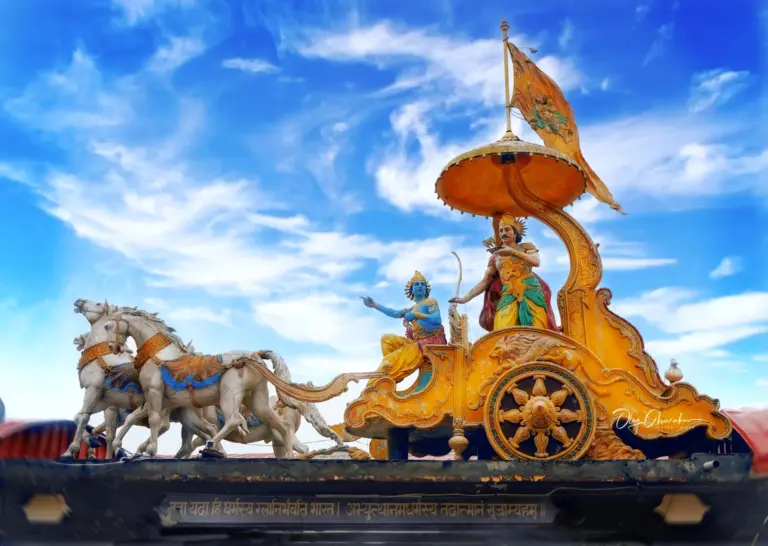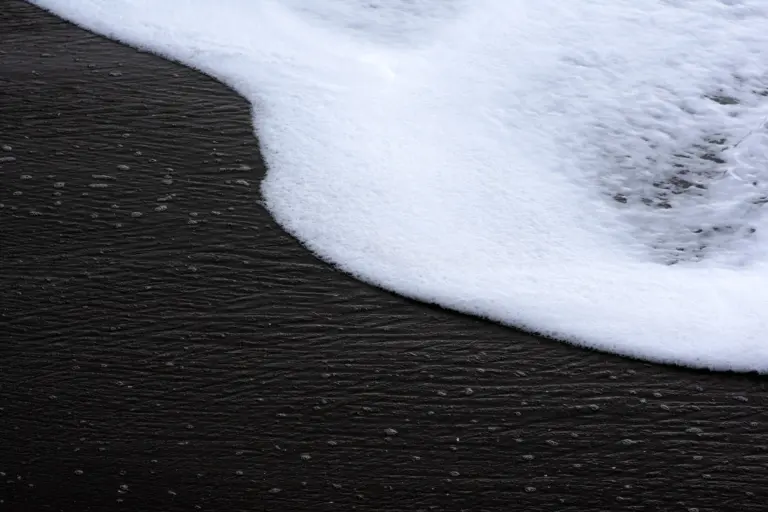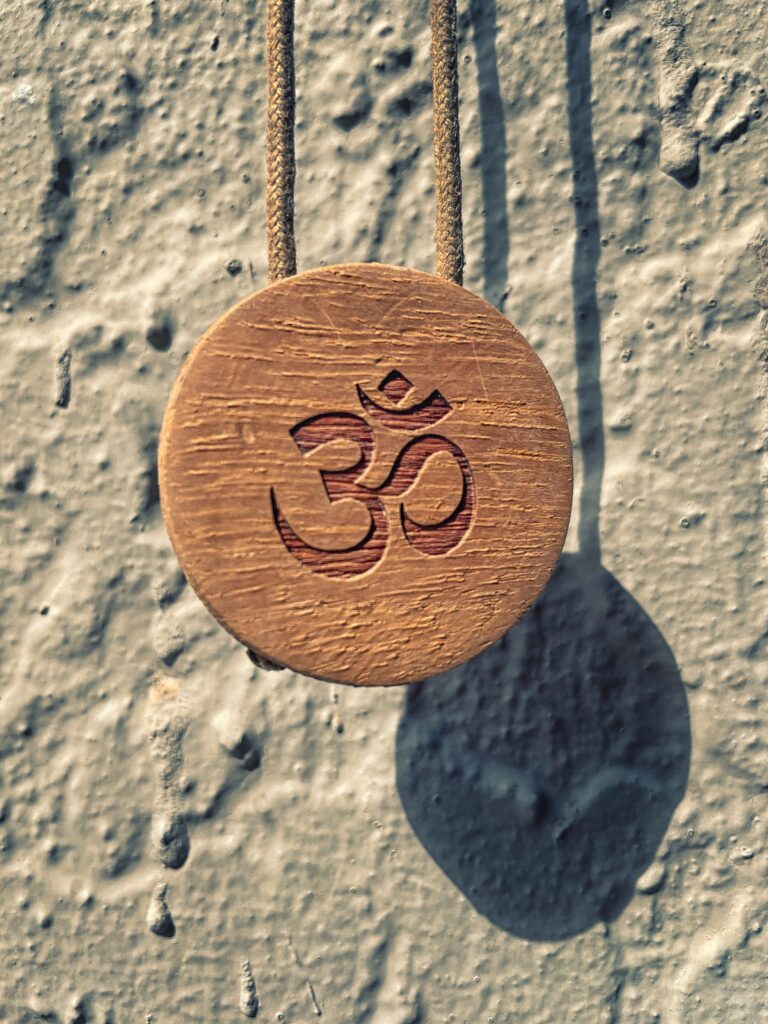The beautiful dream catcher, intricately woven circles adorned with feathers and beads, hanging by the window, gently swaying in the breeze.
Nowadays, you might see them hanging in cars, on jewelry, printed on clothing, or even tattooed on skin. I’m sure you’ve seen them at least once!
Dream catchers have caught the world’s fancy and have become a symbol of spirituality, freedom, and the pursuit of dreams. But have you ever wondered what’s the real story behind them? Where did they come from? And what makes them so significant?
Stick around as we weave our way to figure out the dream catchers!
Table of Contents
Toggle
What is the Origin of the Dream Catcher?
Dream catchers have their roots in the Ojibwe tribe, also known as the Chippewa tribe. This Native American group historically lived in the regions of what are now known as Michigan, Wisconsin, Minnesota, North Dakota, and Ontario in Canada.
The dream catcher, or “Asibikaashi” as it’s known in the Ojibwe language, is believed to have been a symbol of protection and comfort, primarily for children.
The Ojibwe people’s creation of dream catchers is said to have been inspired by the intricate patterns of a spider’s web. This sparked a tradition of weaving decorative, web-like designs within a hoop, which is still the design we see today.
The custom eventually spread among various Native American tribes through intermarriage and trade, which resulted in even more various dream catcher styles depending on the tribe.
The Ojibwe Legend of the Dream Catcher
At the heart of Ojibwe culture is the story of the Spider Woman, also known as Asibikaashi, who was believed to watch over the people of the land, especially children.
According to the legend, as the Ojibwe Nation expanded, Asibikaashi found it increasingly difficult to reach all children’s cribs and protect them from bad dreams. So, mothers and grandmothers began weaving magical webs, which later came to be known as dream catchers, to filter out all bad dreams and only allow good thoughts to enter the mind.
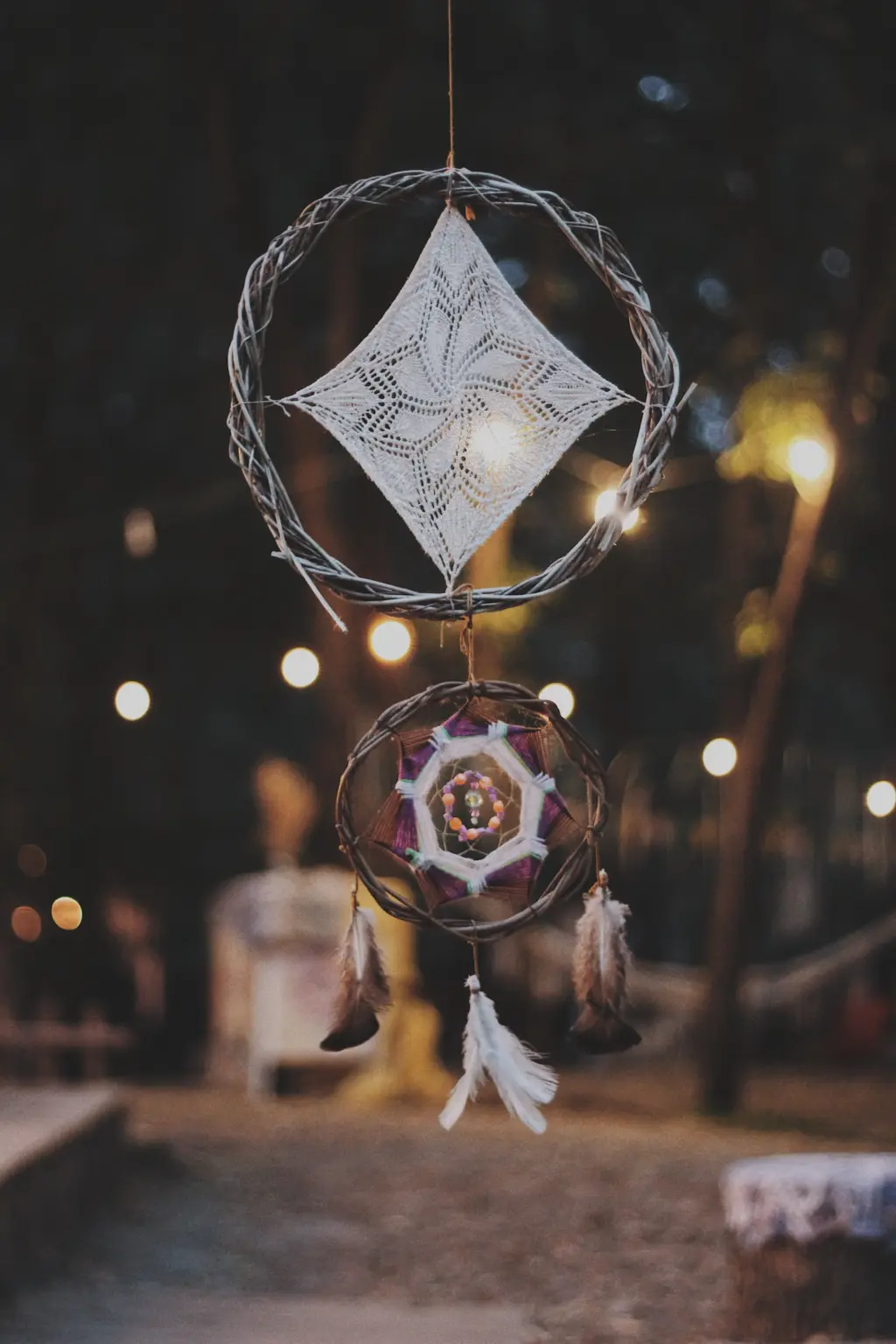
Symbolism of the Dream Catcher
- Hoop: The hoop signifies the circle of life and the natural cycles of birth, growth, death, and rebirth. Native American beliefs can be quite similar to Hinduism and Buddhism.
- Web: The web weaved inside the hoop is designed to catch the bad dreams, while the hole in the center allows the good dreams to pass through.
- Beads: Beads are often used in the web, can represent different things depending on the culture. Some believe that they symbolize the spider – the weaver of dreams – while others see them as representing the good dreams that couldn’t pass through the web but are worthy of being remembered.
- Feathers: Finally, the feathers are an integral part to any dream catcher. They are believed to serve as a soft ladder for the good dreams to glide down into the dreamer’s mind.
9 Benefits of the Dream Catcher
1. Peaceful Sleep
One of the most obvious benefits is the traditional one – they’re said to protect the sleeper from bad dreams. The thought of having a guardian watching over us as we sleep is a comforting idea, which can lead to a more peaceful, restful sleep.
2. Cultural Appreciation
For those who have a deep respect for Native American cultures, owning and displaying a dream catcher is a way to honor and remember their traditions.
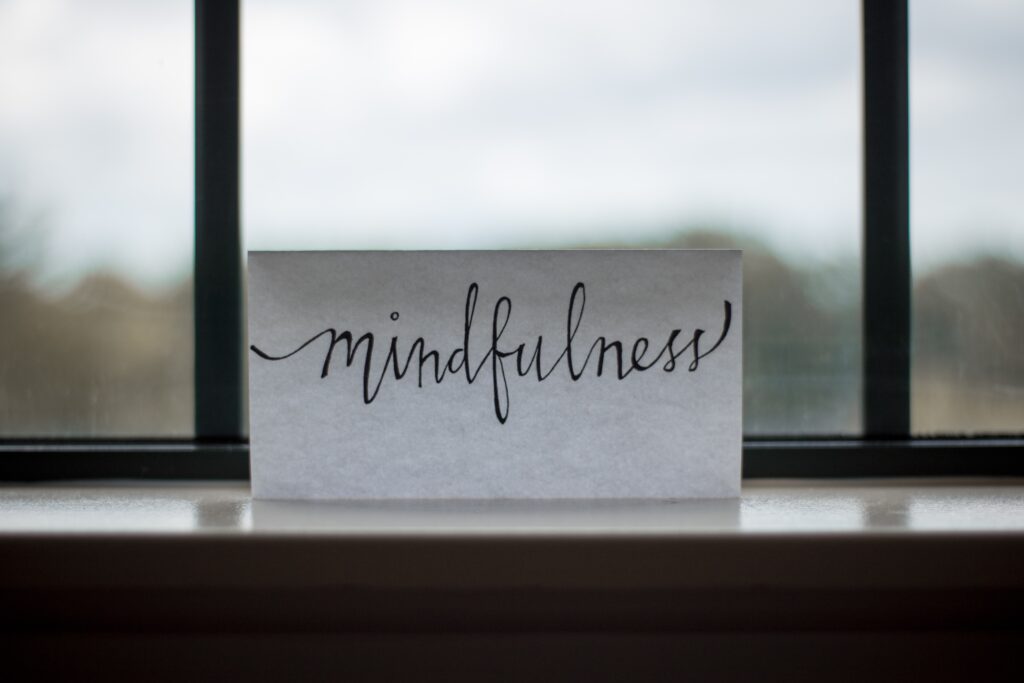
3. Mindfulness
The dream catcher can serve as a reminder to be more mindful of our dreams and aspirations. They can be an excellent tool for reflection.
4. Spiritual Protection
At their core, dream catchers were created to offer protection. Not only catching bad dreams but also negative energy, while allowing the good to pass through.
5. Connection to the Spiritual Realm
Dream catchers are often seen as a bridge between the earthly and spiritual realms. They remind us of the richness of our dreams, our subconscious mind, and the limitless potential within us.
6. Manifestation Tool
You can also use dream catchers as a tool for manifestation. Many believe that by focusing their thoughts and intentions on the dream catcher, they can attract more positivity and achieve their goals.
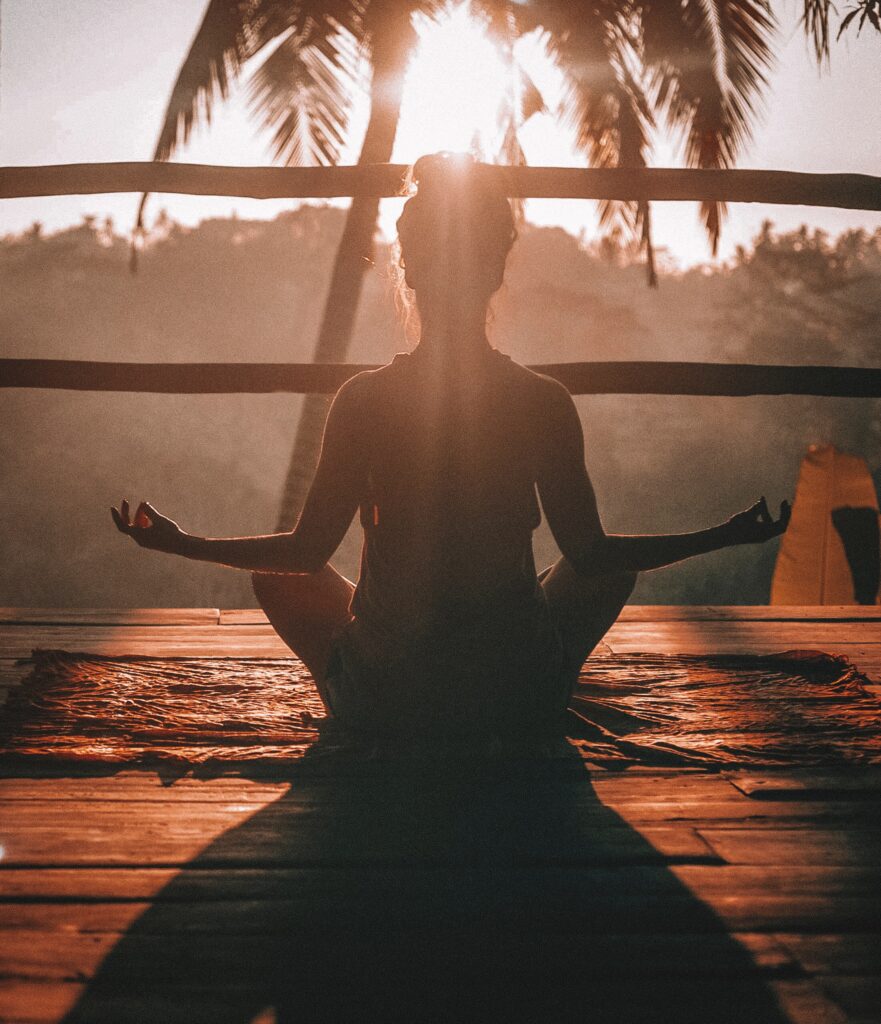
7. Meditation
The intricate webbing of a dream catcher is like a mandala, which is used as a tool for meditation in many cultures. It can serve as a focus point for mindfulness exercises, helping to quiet the mind.
8. Energy Channeling
Many believe that dream catchers can act as tools for channeling energy. Made with natural materials like feathers and beads, they can connect us with nature’s elements and help guide our spiritual energy in a positive direction.
9. Attract Positivity
Dream catchers are often viewed as symbols of positivity, hope, and good intentions. Owning one can serve as a constant reminder to focus on the positive aspects of our life.

How Do Dream Catchers Work?
The dream catcher’s design is no accident and every element has a purpose.
Suspended in the air, the dream catcher is typically hung above a sleeping area where the morning light can hit it (I’ll get to why later).
The woven web catches dreams as they float by in the night air. Good dreams, being intuitive and knowing the correct path, are able to navigate through the hole in the center and slide gently down the feathers to the dreamer below.
Bad dreams, however, get caught in the protective net and are held there until morning. When the first rays of the morning light hit the dream catcher, the bad dreams dissipate. They do not have a path to the dreamer and are transformed by the daylight.
The feathers then let the good dreams trickle down to the sleeper. And that’s how the dream catcher works!
How are Dream Catchers Made?
- First off, it’s all about selecting the right materials. Traditional dream catchers were made using natural materials like branches of the red willow, sinew or natural fibers for the web, and feathers and beads for decoration.
- The next step is creating the hoop. This is usually done by bending a flexible branch into a circle and securing the ends together.
- Next up is weaving the web inside the hoop. It might look complicated, but it’s all about patience and maintaining a steady hand. You start by tying one end of the sinew to the hoop and then weave it back and forth across the hoop to create a pattern that looks like a spider’s web.
- The trickiest part is making sure the web’s tension is just right – not too loose, not too tight. Some people like to incorporate beads into their web, threading them onto the string as they weave.
- Once the web is complete, it’s time for the final touches: hanging the feathers. Usually, feathers are attached to strings and then tied to the bottom of the hoop.

Where to Place Dream Catchers?
- Above the Bed: Traditionally, dream catchers were placed where people sleep, commonly above the bed, so that they can catch dreams as they float by.
- By the Window: You can also hang them by the window, where the morning sunlight can hit it. So the light of the new day will burn away and purify the trapped bad dreams.
- Children’s Rooms: Dream catchers provide not only protection against nightmares, but can also provide a sense of comfort to the young ones.
- Work or Study Spaces: You can also place them in your work or study areas as they’re believed to filter out negative thoughts and enhance focus and creativity.
- Inside the Car: I’ve seen many cars with dream catchers, often for protection and guidance on travels. Just like in homes, it is believed that dream catchers can trap negative energies or harmful intentions (a bit similar to the Evil Eye).
Where to Place Dream Catchers According to Feng Shui
For those who follow Feng Shui principles, a dream catcher can be hung in the “knowledge and wisdom” area of a room or house to boost the energy related to these attributes. This is often the Northeastern part of your space.
It can also be hung in the “relationship” corner, which is the farthest right corner from the entrance, as the dream catcher can be seen as a symbol of unity.

How to Use Dream Catchers
Here’s a basic guide on how to incorporate one into your routine for a more peaceful sleep.
Find the Right Spot: Hang your dream catcher where you sleep, and where the morning light can reach it. This could be near the window or above the bed headboard.
Set Your Intentions: Before you hang up your dream catcher, you might want to hold it in your hands for a moment and set your intentions for your dreams. This can help personalize the dream catcher and connect it to you.
Cleanse Occasionally: As dream catchers are believed to hold onto the bad dreams, some suggest that they should be periodically cleansed. This can be done by hanging them in the full moon, or smudging them with sage or sweetgrass.
Trust in the Process: Finally, trust in the process and the power of your dream catcher.
Is Having a Dream Catcher Cultural Appropriation?
Not necessarily, I have talked with a Native American seller on Etsy regarding this before making my dream catcher purchase.
Dream catchers have roots in Indigenous American cultures, specifically the Ojibwe people, but have been widely popularized and commercialized globally.
Some people argue that using dream catchers outside of their original cultural context, particularly when mass-produced by non-Indigenous artists, can be a form of cultural appropriation.
This is especially true when dream catchers are treated merely as fashion accessories without the respect or understanding of their cultural significance.
What I learned however is that appreciation and respect can coexist when adopting elements from different cultures, as long as it’s done in a sensitive and informed way.
In the case of dream catchers, traditionally it would be best to purchase from Indigenous artists or businesses that directly support the Indigenous communities. This approach can help ensure that your use of a dream catcher is more cultural appreciation rather than appropriation.


